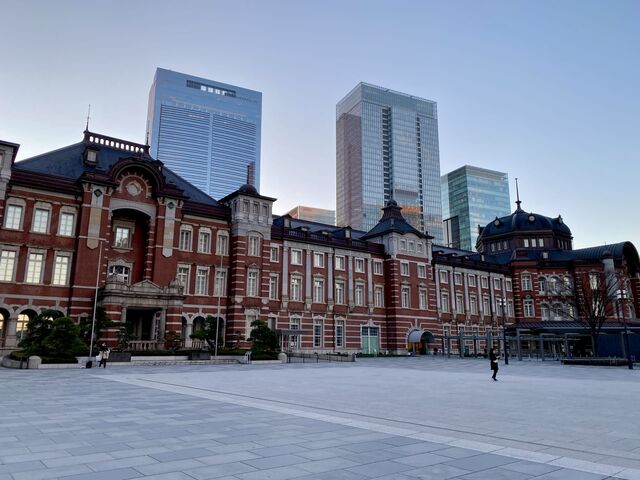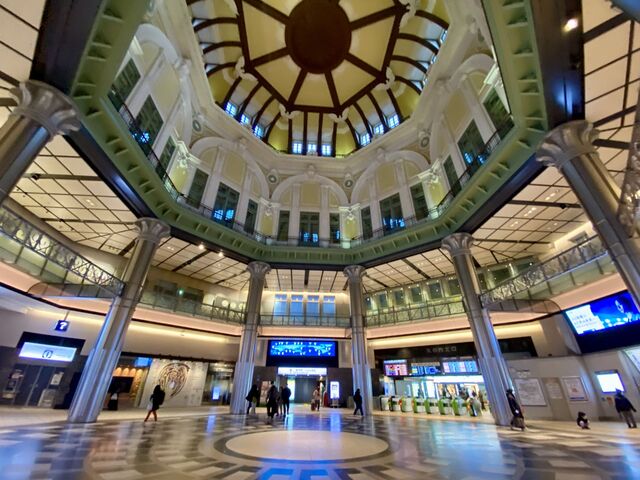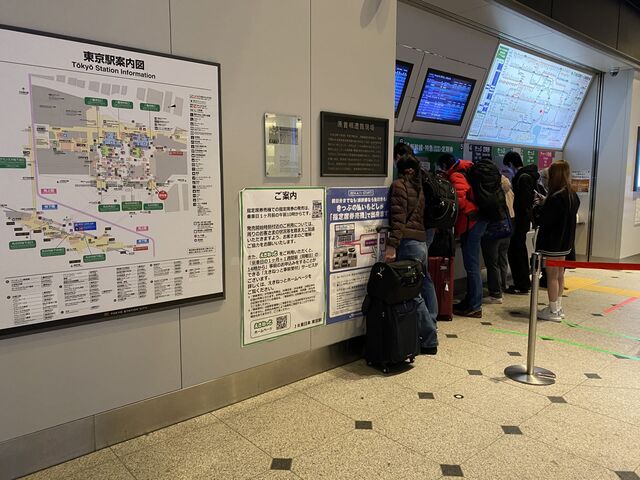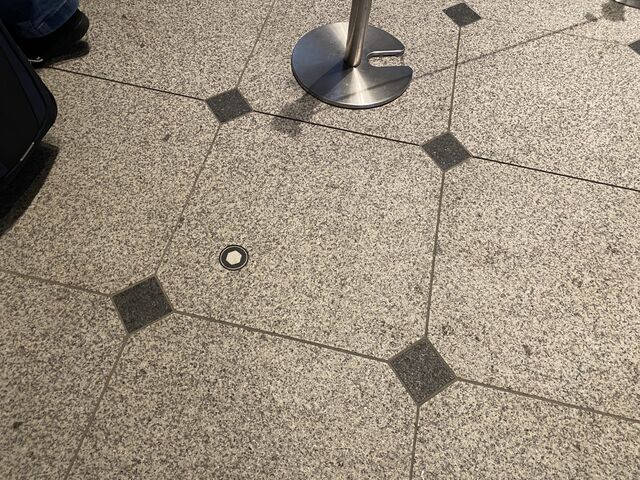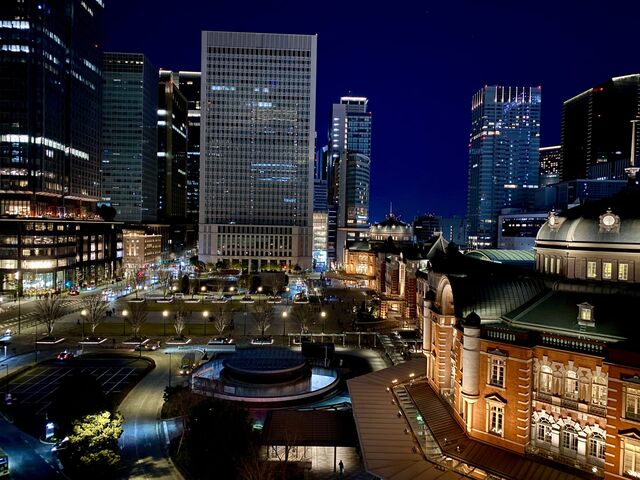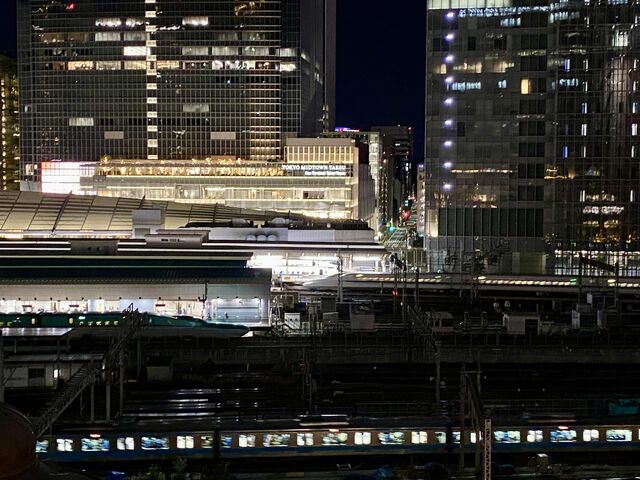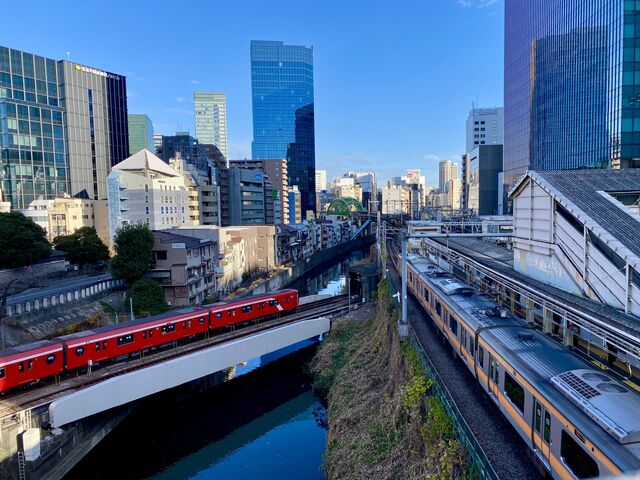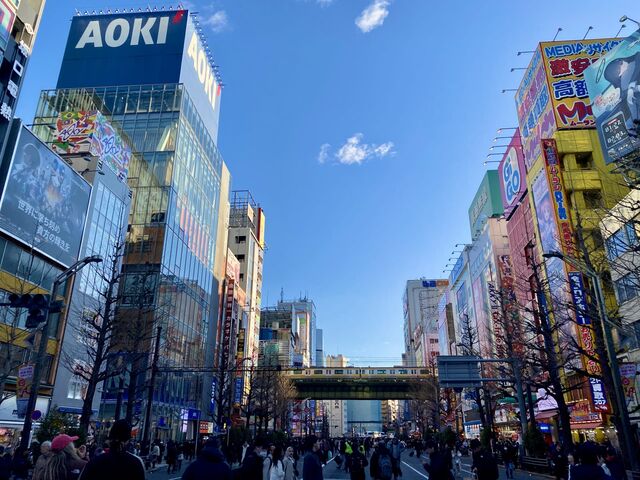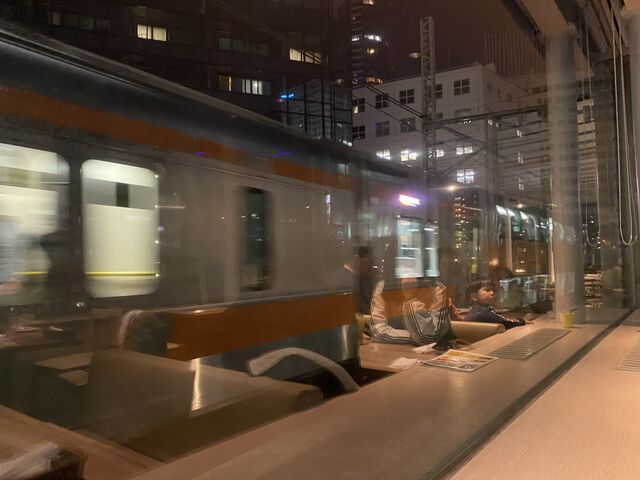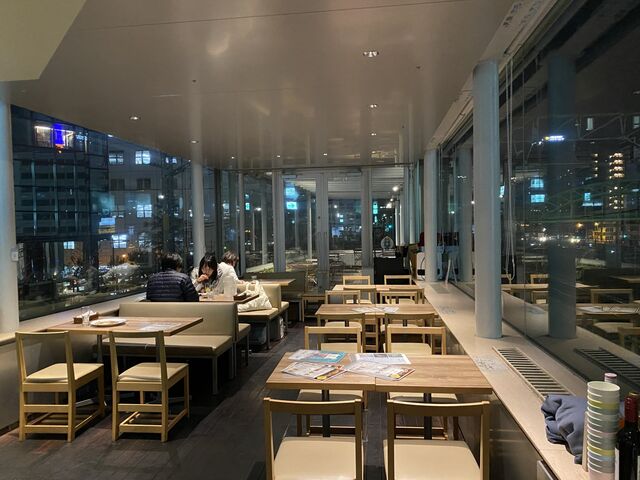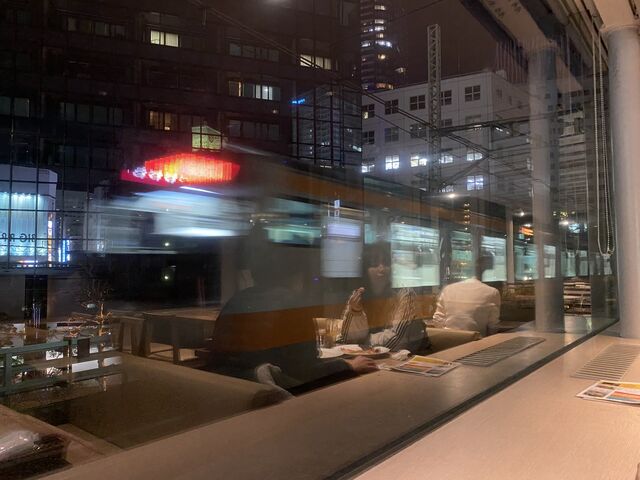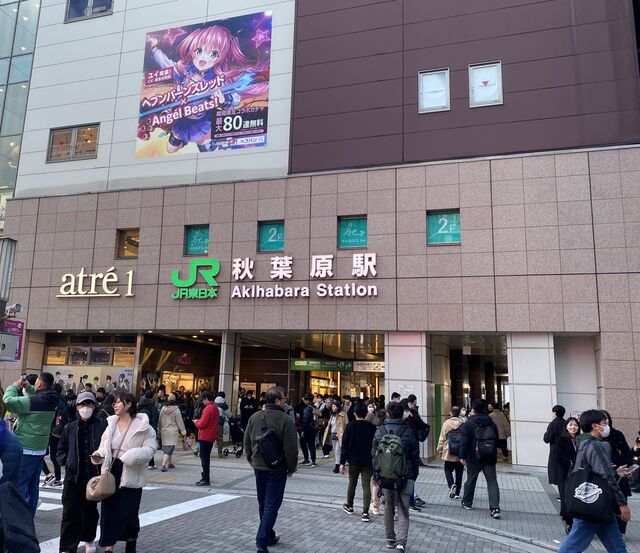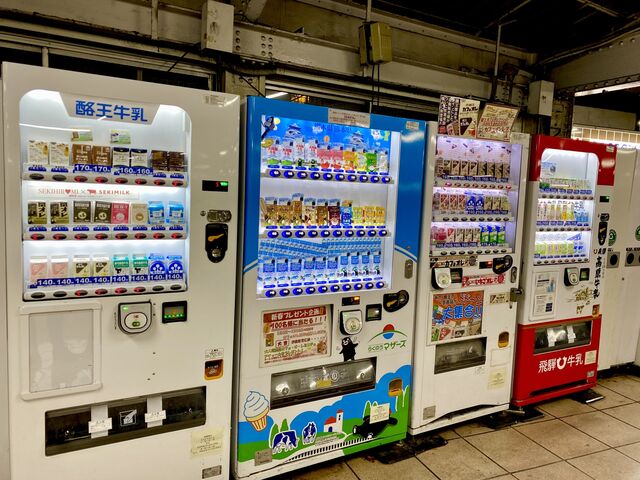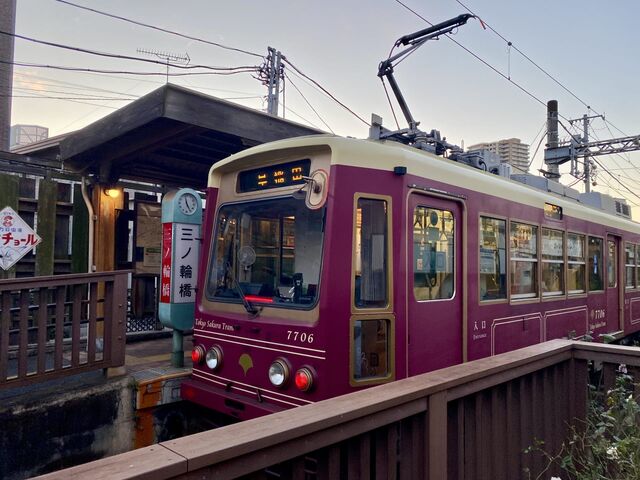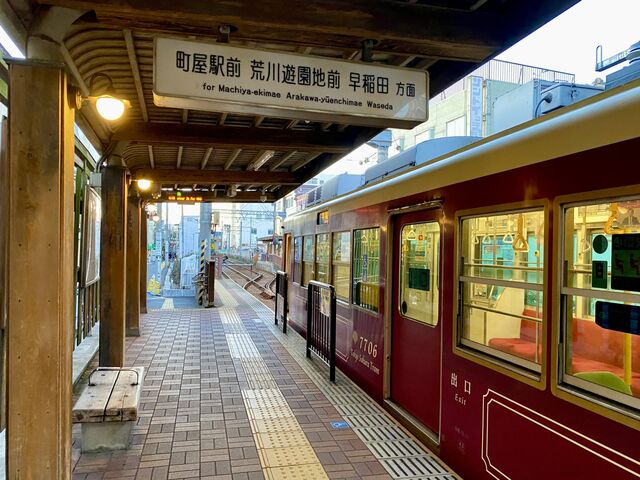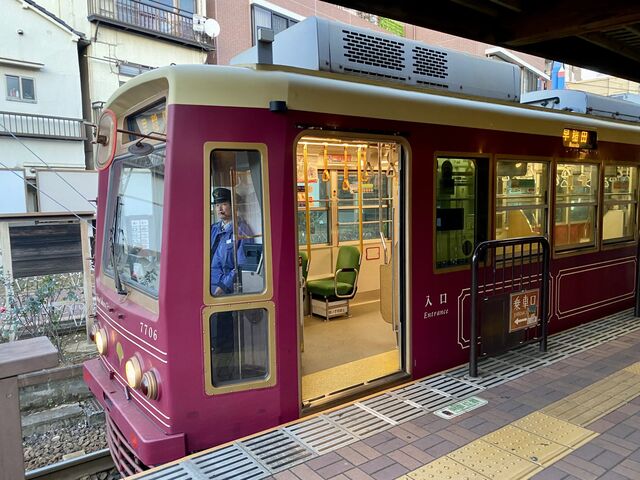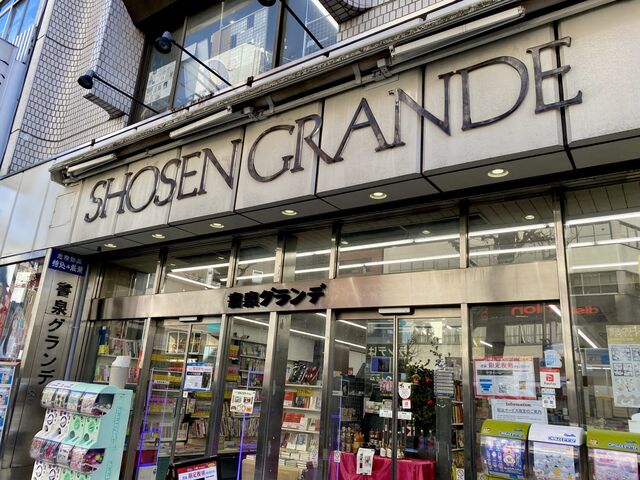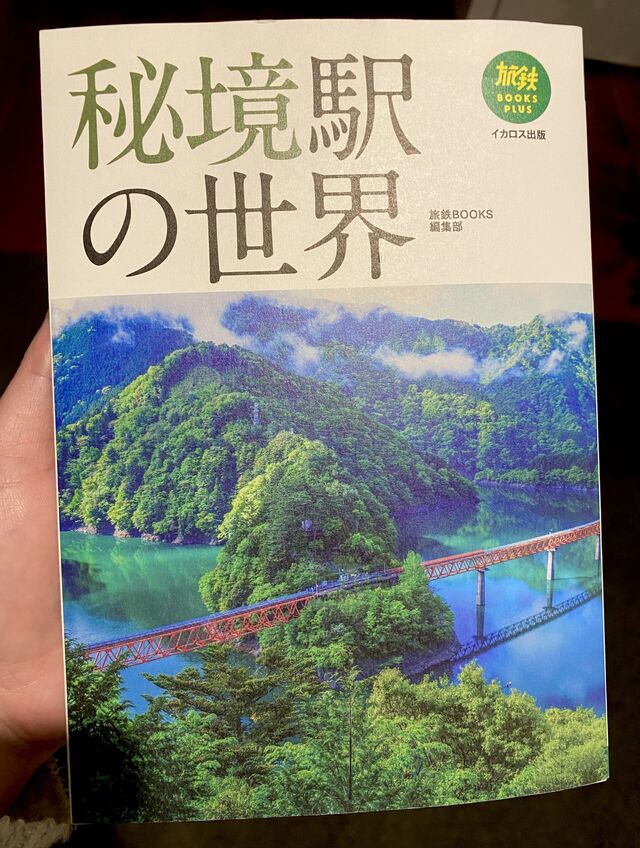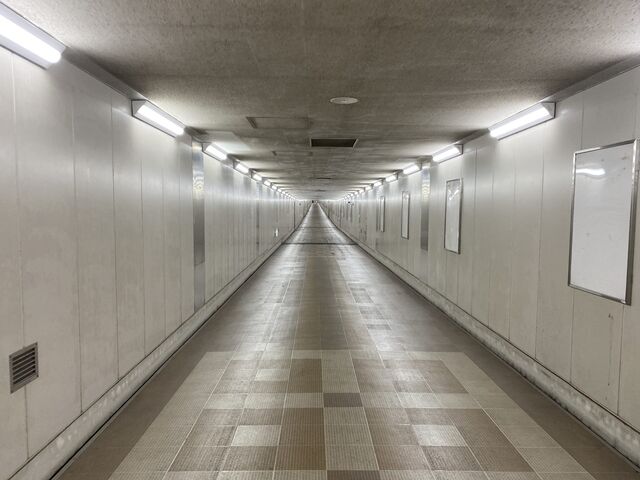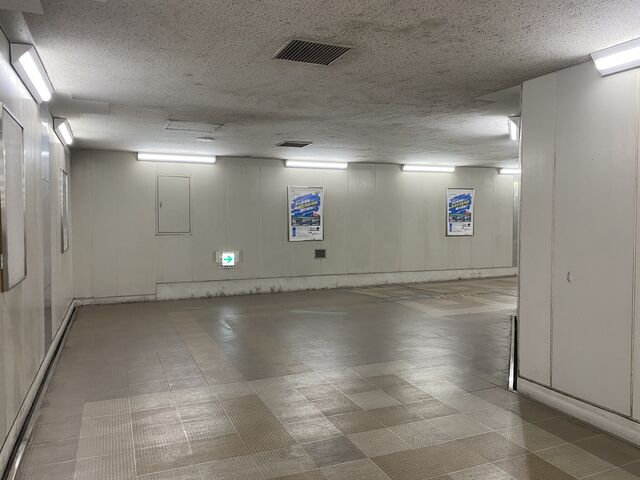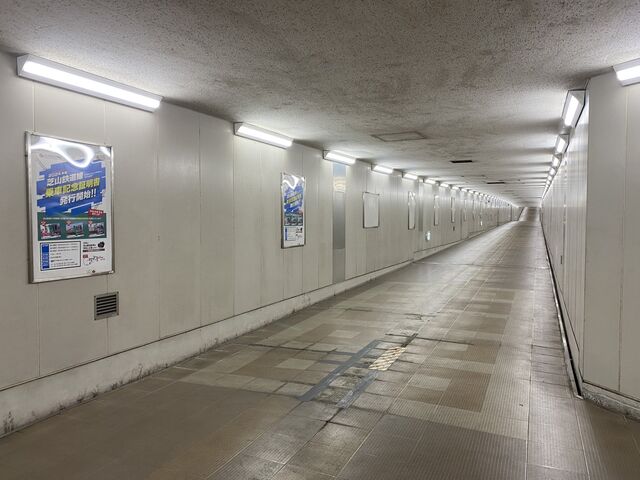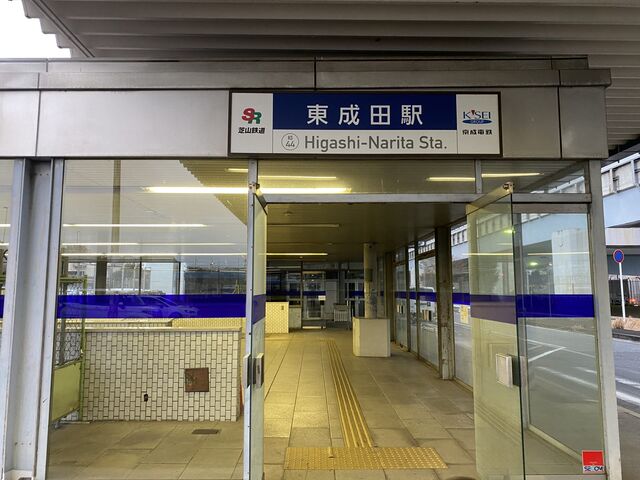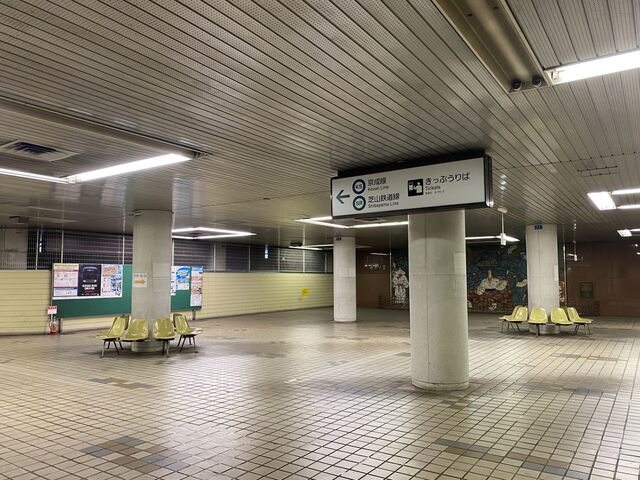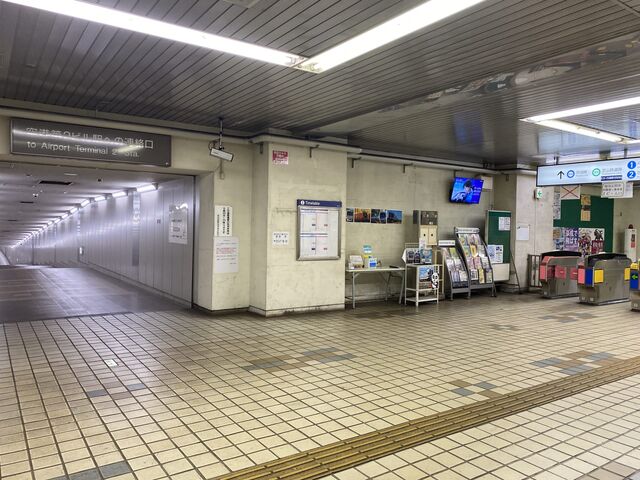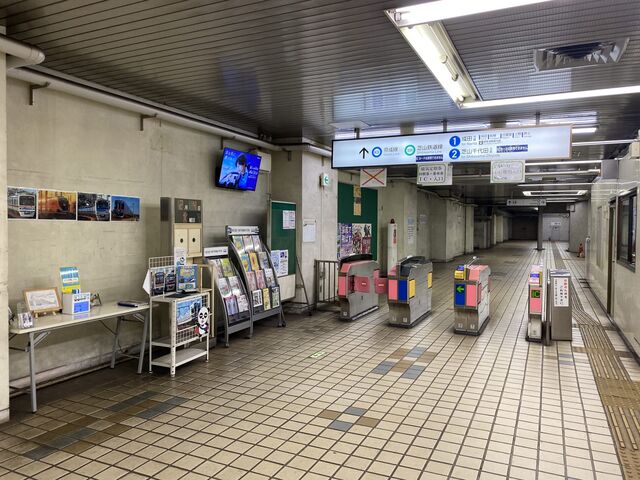Tokyo is well-known for its cutting-edge technology and vibrant culinary scene, set against a backdrop of ancient temples and neon lights.
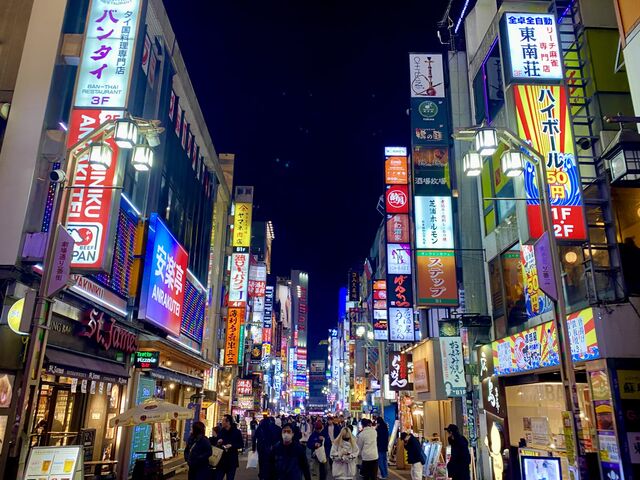
Shinjuku
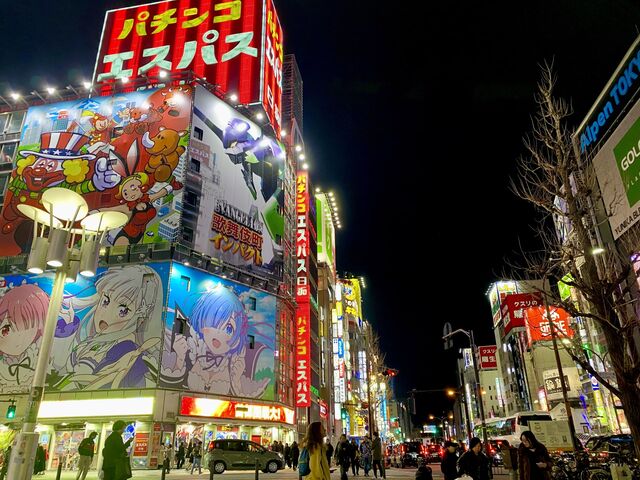
Shinjuku
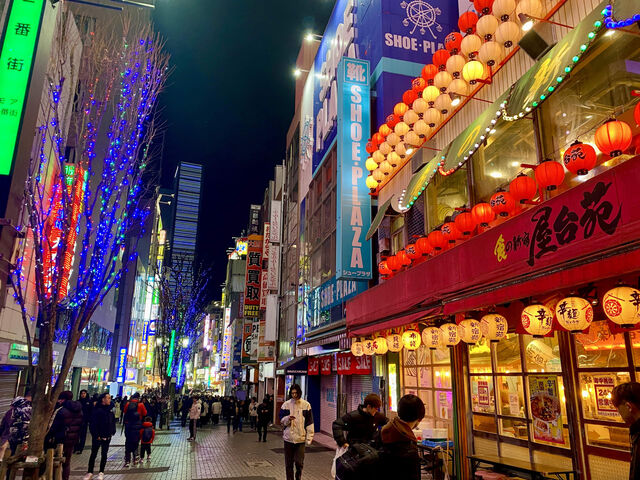
Shinjuku
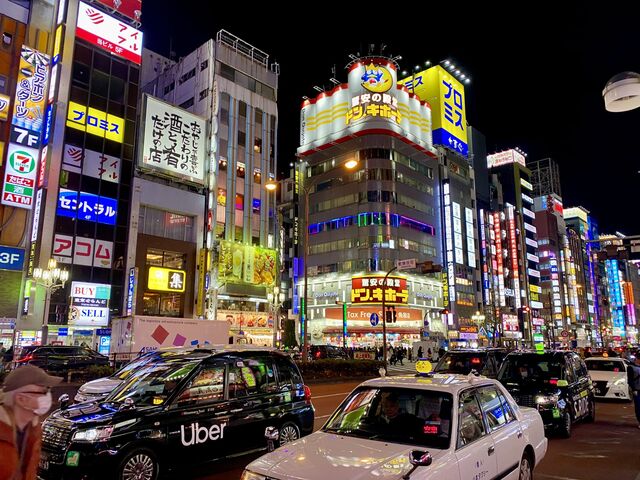
Shinjuku
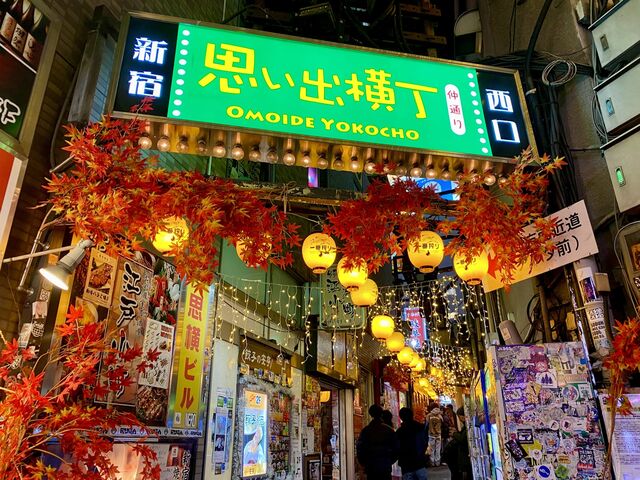
Omoide Yokocho, Shinjuku
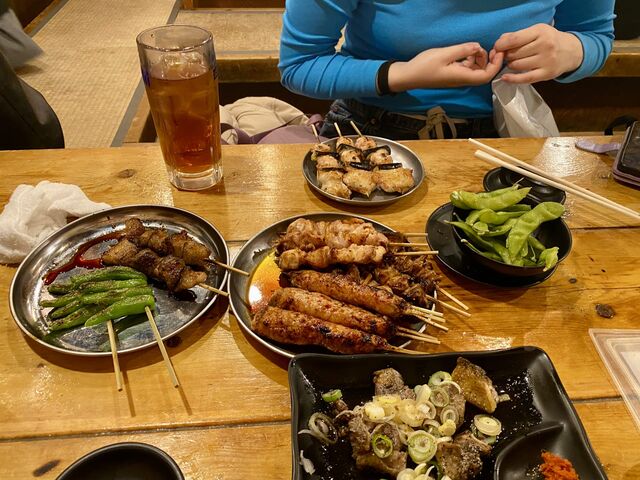
Yakitori (chicken skewers) restaurant in Omoide Yokocho
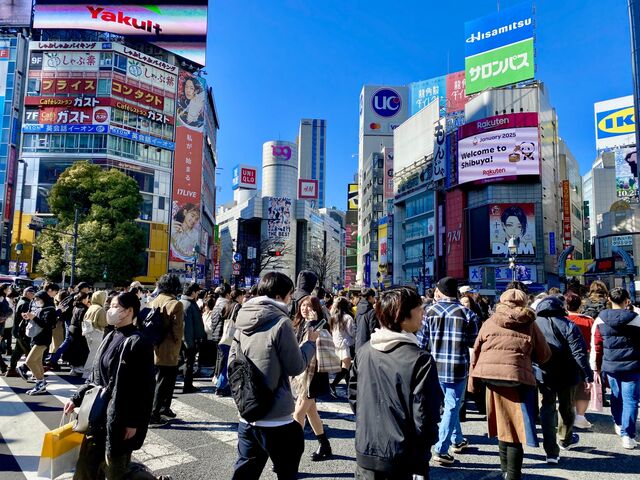
Shibuya Crossing (world’s busiest pedestrian crossing)
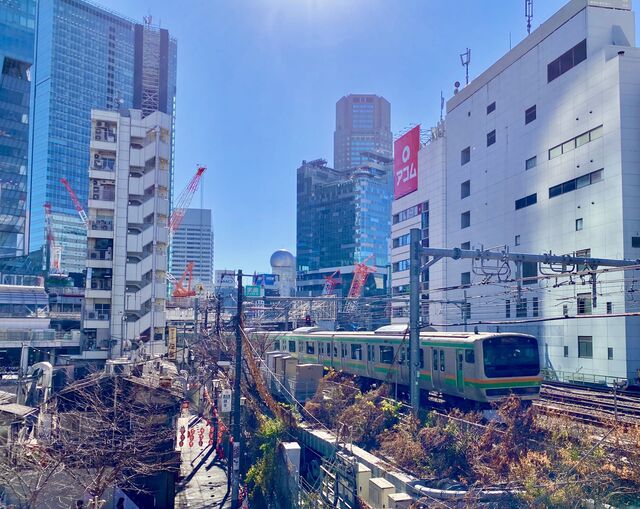
Shōnan–Shinjuku Line in Shibuya
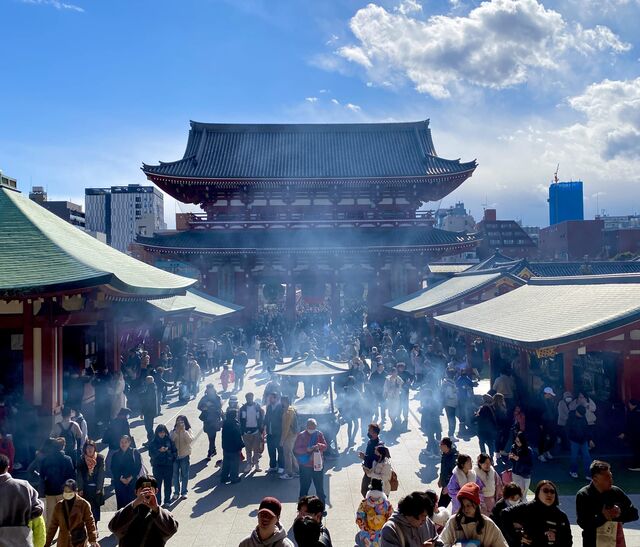
Entrance gate leading to Sensō-ji (ancient Buddhist temple) in Asakusa
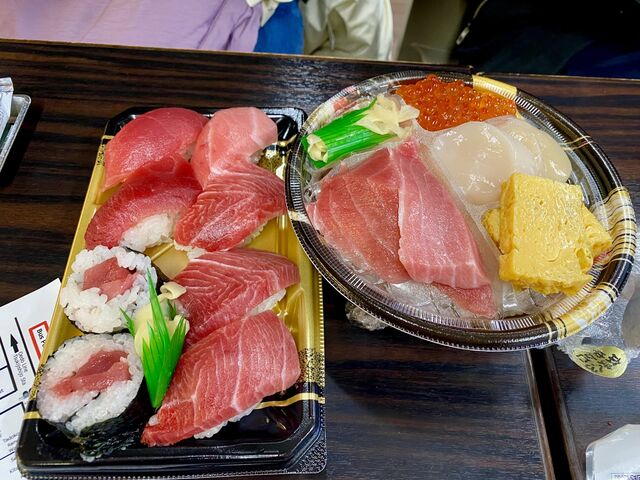
Breakfast at Tsukiji Fish Market
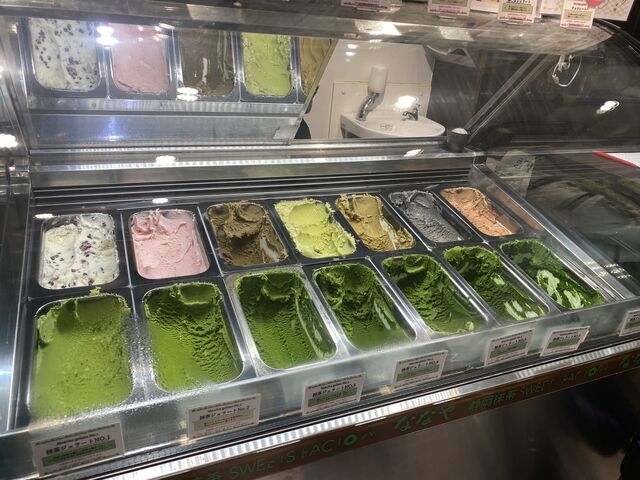
Matcha ice cream (Intensity 1–7)
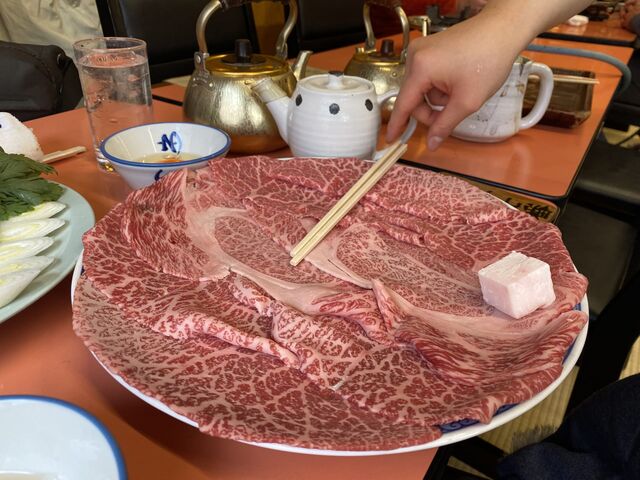
Wagyu beef
Yet during my time in the city, the most memorable moments came from the many interesting train-related experiences Tokyo has to offer.
Tokyo Station
First up is Tokyo Station itself. Opened in 1914, this grand terminal serves as the heart of Japan’s intercity rail network. At the time of its construction, the Emperor favoured a Western architectural style, resulting in the red-brick Marunouchi Building, which evokes the charm of old European cities and is particularly reminiscent of Amsterdam’s Central Railway Station.1 While Tokyo Station sees the highest number of trains passing through each day in Japan, the title of world’s busiest railway station by passenger numbers belongs to Tokyo’s Shinjuku Station, which is also well worth a visit.2
Although much of Tokyo’s Station’s original roof and interior were destroyed during World War II air raids, a major restoration project was completed in 2012, returning the structure to its former glory. Today, reconstructed roof domes can be found above the Station’s Marunouchi North and South exits.
Tokyo Station is also the site of the assassination of former Japanese Prime Minister Takashi Hara. In 1921, the Prime Minister arrived at the Station, intending to board a train bound for Kyoto. Unfortunately, he was stabbed to death by a radical conservative railroad switchman who disagreed with his policies in Japan’s colonies, particularly Korea.3 The site of his assassination is marked by a black circular symbol on a floor tile near the ticket machines at the Marunouchi South Entrance.
Unfortunately, this was not the only incident of its kind at Tokyo Station. Just nine years later, Prime Minister Osachi Hamaguchi was shot inside the ticket gates while making his way to the platform. Like Takashi Hara before him, Hamaguchi’s liberal policies—especially those concerning Korea—drew the ire of a right-wing assassin. He later died from wounds sustained in the attack.4
For a more peaceful perspective, I also visited the sixth floor rooftop garden of the KITTE building, located just across the road from the Station. The garden provides a panoramic view of Tokyo’s Station’s Marunouchi facade and its busy rail tracks.
Hijiri-bashi Bridge
Just a short stroll from Tokyo’s Ochanomizu Station lies the Hijiri-bashi Bridge which overlooks the Kanda River. The area’s name, ‘Ochanomizu’, means ’tea water’ and dates back to the Edo Period, when the river’s clear waters were favoured for brewing tea.5 The bridge is a fantastic spot to view three of Tokyo’s different train lines in motion: the JR Chūō-Sōbu Line (yellow trains), the JR Chūō Rapid Line (orange trains), and the Tokyo Metro Marunouchi Line (red trains). I waited for around 20 minutes hoping to get a shot of all three lines at once, but only managed to capture the Chūō Rapid and Marunouchi Line trains together.
Akihabara and Surrounds
While Akihabara is best known for its bustling ‘Electric Town’, the neighbourhood is also worth a visit to capture pictures of trains on the Chūō-Sōbu Line crossing the elevated railway bridge over Chuo-Dori Avenue, between Akihabara and Ochanomizu Stations.
Just a short walk from Akihabara Station, I found the Platinum Fish Café, which is uniquely located on the old platform of the former Manseibashi Station. Once a stop on the Chūō Main Line between Kanda and Ochanomizu Stations, Manseibashi Station closed in 1943, but its platform has since been reimagined as a café with large floor-to-ceiling windows. This provides a unique train-viewing experience as guests can enjoy a meal or drink while watching trains speed past on both sides of the track. Capturing a clear shot of the trains was tricky, but the images below provide some indication of the experience.
For another unique experience at Akihabara Station itself, I headed to Platforms 5 and 6 where rows of milk vending machines offer dozens of different flavours. I was eager to try the orange fruit milk, but unfortunately, it was sold out.
Tokyo Sakura Tram
I also made sure to find time for a short ride on the Toden Arakawa Line aboard the ‘Tokyo Sakura Tram’—a charming experience I highly recommend. The line, which runs through some of Tokyo’s oldest residential neighbourhoods between Minowabashi and Waseda, is the sole survivor of the city’s once extensive Tokyo Toden tram system. At its peak, the Toden system featured 41 routes, stretching across 213 kilometres of track. However, as car traffic grew and ridership declined, most of the system was dismantled, making this line a rare living piece of Tokyo’s transit history.6 The tram takes its ‘Sakura’ name from the many cherry blossom spots it passes in spring. If you want to connect with the train, I found that Machiya-ekimae (in front of Machiya Station) was a good place to alight.
Train Merchandise Stores
Tokyo is also home to a variety of specialty stores offering all kinds of railway-themed merchandise.
The main stores I was able to locate were:
- Shosen Grande (located in Jimbōchō Book Town, near Jimbōchō Station). This book store has an entire floor dedicated to train-related books and souvenirs. I picked up a few great items, including a book on Japan’s ‘unexplored’ railway stations. There’s also a Shosen Book Tower in Akihabara, but I found the Jimbōchō branch had a larger selection of items.
- General Store Railyard (located on the first floor of Akihabara Station). There is also a larger branch at Ōmiya Station which I didn’t have the chance to visit.
- Trainiart Tokyo (a small store located inside the ticket gates of Tokyo Station); and
- Poppondetta (located in the Matsuya Ekimise shopping complex in the same building as Tobu Asakusa Station). My friends and I actually stumbled upon this store by chance while waiting for a train and, much to my delight, it was filled with railway-themed apparel and stationery.
Higashi-Narita Station
For those who fly in or out of Tokyo Narita airport, there is a very interesting train station located at the airport itself: Higashi-Narita Station. Originally opened in 1978 as the airport’s main rail hub, this station—now somewhat forgotten—is tucked away and connected to Terminal 2 via a long and eerily quiet tunnel.
Higashi-Narita is served by the Shibayama Railway Line, Japan’s shortest railway line at just 2.2 kilometres, which consists of only two stations: Higashi-Narita and Shibayama-Chiyoda. This tiny line was constructed primarily for the convenience of residents living east of the airport. The station is also connected to the Keisei Higashi-Narita Line which provides access to the city of Narita.
Higashi-Narita Station is located approximately 1 kilometre from the closet Narita Airport terminal. This unusual placement stems from original plans by the Japanese government to construct a Shinkansen line running directly beneath the airport terminal. However, the Shinkansen project was ultimately cancelled due to local protests and land disputes.7 With the opening of the more conveniently located Terminal 1 and Terminal 2-3 train stations in the early 1990s (which are both situated directly beneath their respective terminals), Higashi-Narita Station has largely faded into obscurity. Today, it certainly feels like the only people who visit the station ‘are train enthusiasts and lost tourists’.8
Yumi Sato, ‘Rediscovering the Tokyo Station Area— Part 1’ (Medium, 25 April 2025, online). ↩︎
Beware: Shinjuku Station has over 200 entrances and exits so it’s easy to get lost! ↩︎
Casey Baseel, ‘The blood-soaked meaning behind the mysterious marks on the floor at Tokyo Station’ (Japan Today, 10 August 2021, online). ↩︎
Ibid. ↩︎
Japan Experience, ‘Ochanomizu: Exploring Tokyo’s historic tea water district’ (13 January 2024, online). ↩︎
Yow Hong Chieh, ‘Take a Journey Into the Past on One of Tokyo’s Last Tram Services’ (Medium, 19 March 2025, online). ↩︎
Tanner, ‘The Old Narita Airport Station that’s Still Living in the Past’ (YouTube, 24 February 2025). ↩︎
Sam Denby in Jet Lag: The Game, ‘We Played Hide And Seek Across Japan - Ep 3’ (Youtube, 25 December 2024). ↩︎
